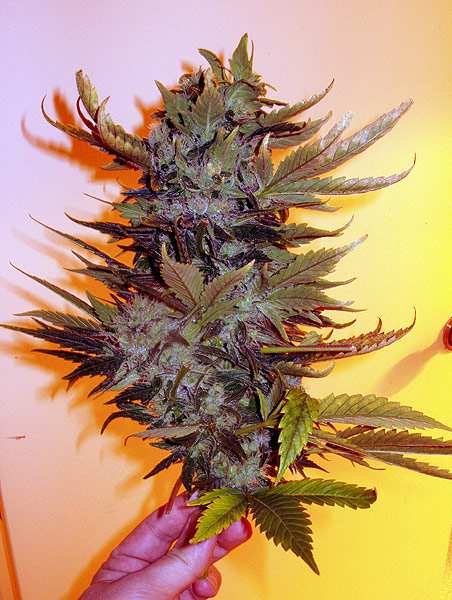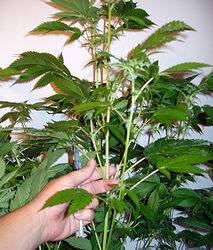pumpkin2006
Member
Whats your watts per sq/ft? Also, if you weren't venting and using an A/C you could have your temps higher and have more stomata opening up. Also what is the humidity in there? All I'm saying, is if your not willing to take the plunge and get temps at around 80-83, RH of 50-70 and co2 at 1500 ppm, with at least 65w per sq/ft; your never going to see the potential of your system.... your system is almost pointless. Ebb n' flow tables would do the same.







 But back to non trollish matters. I hate it that the PM is still lurking that shit must have some hold on your carpet. I love the room and the pods, and those plants look very nice, to bad you will kill the soon
But back to non trollish matters. I hate it that the PM is still lurking that shit must have some hold on your carpet. I love the room and the pods, and those plants look very nice, to bad you will kill the soon 











 Well otherwise I'm off to work on my first real Pod.. tia
Well otherwise I'm off to work on my first real Pod.. tia






